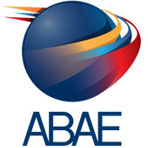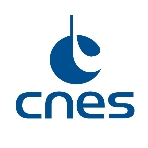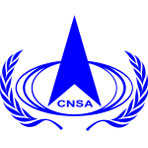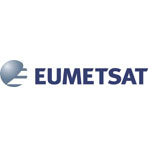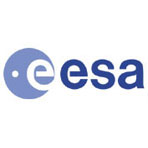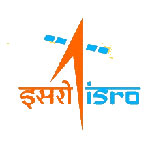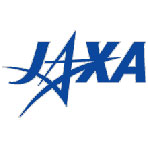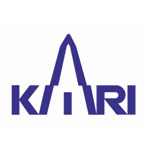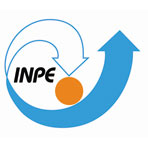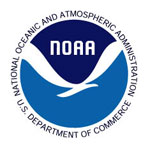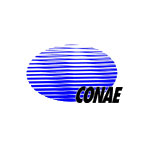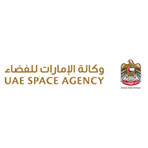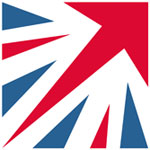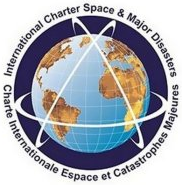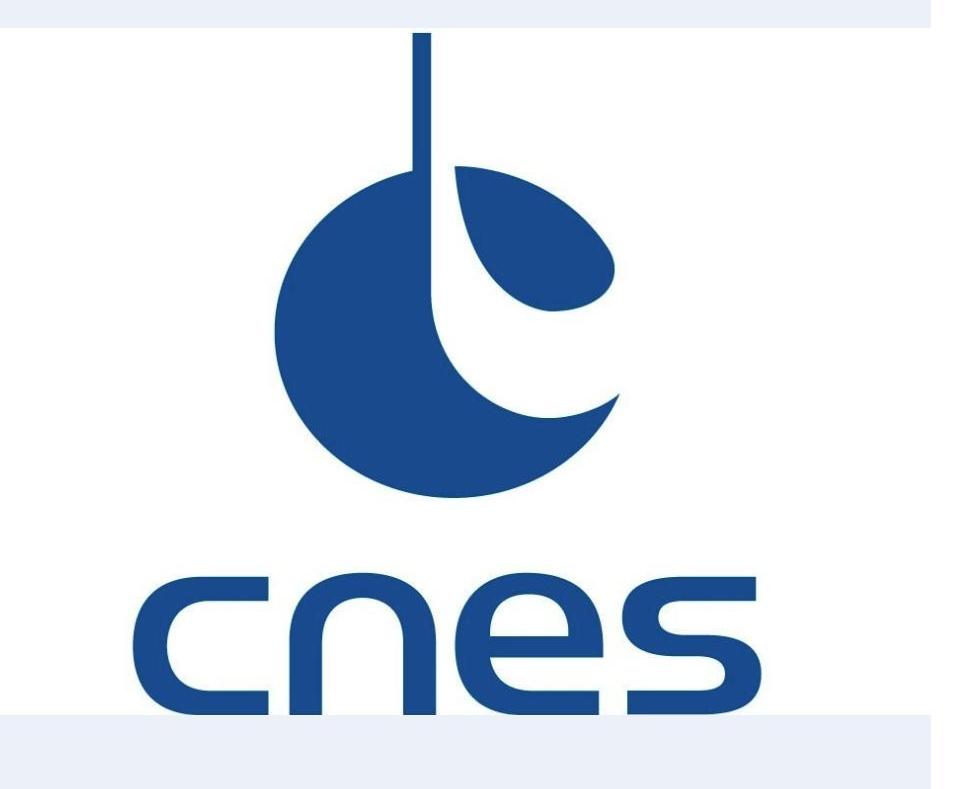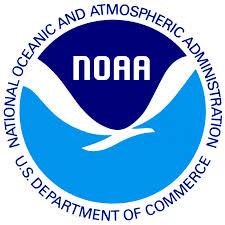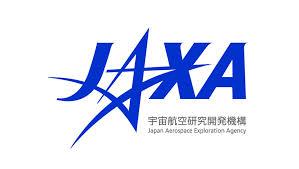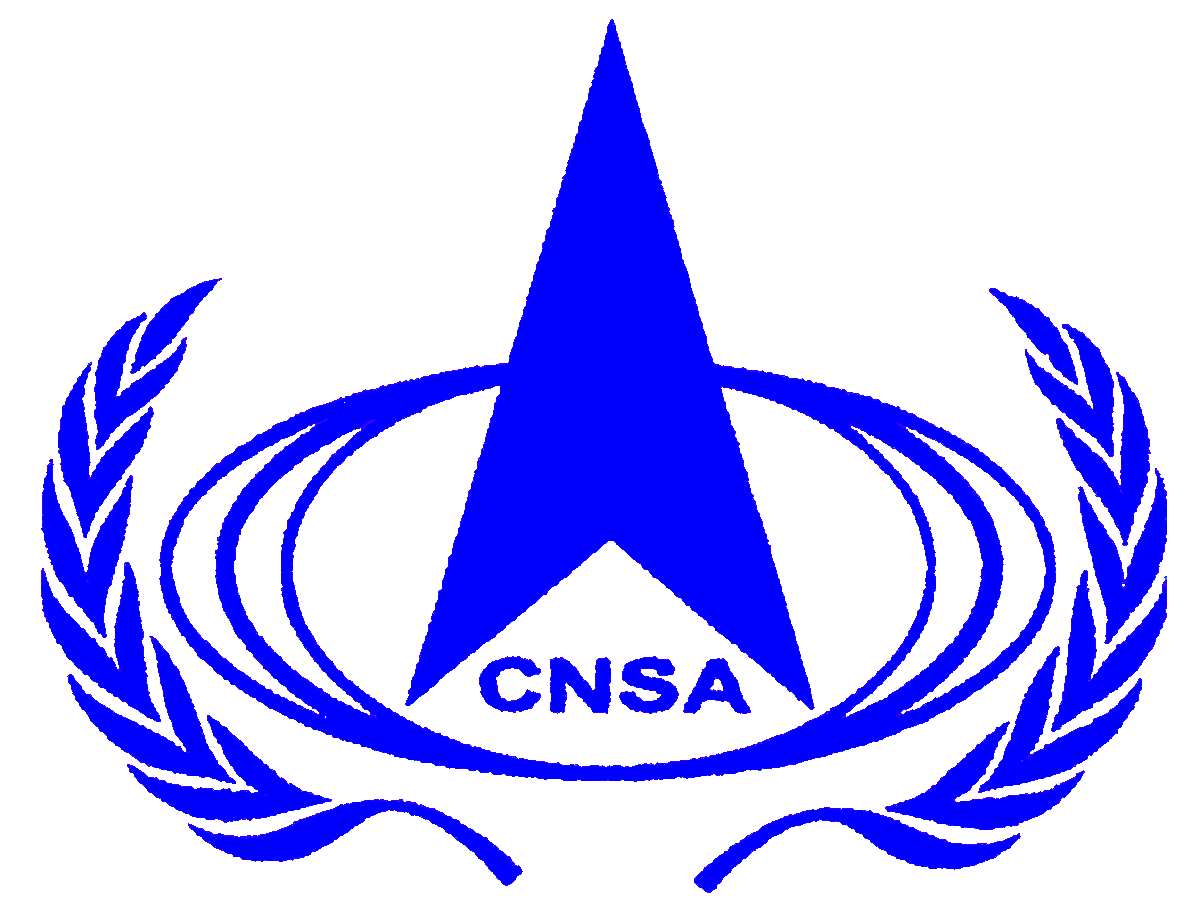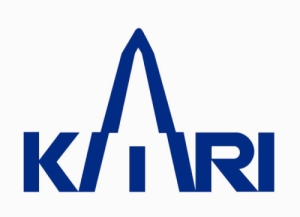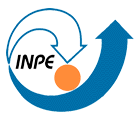The International Charter on "Space and Major Disasters" is a worldwide collaboration among space agencies, through which satellite-derived information and products are made available to support disaster response efforts. The Charter has been operational since November 2000, and currently, the following global space agencies participate in the mechanism: ABAE, ESA, CNES, CSA, NOAA, CONAE, ISRO, JAXA, USGS, UKSA & DMCii, CNSA, DLR, KARI, INPE, EUMETSAT, ROSCOSMOS and UAESA. The Charter also benefits from satellite data provided by Planet and DigitalGlobe.
Only agencies that possess and are able to provide satellite-based Earth observation data can be members of the International Charter. The members cooperate on a voluntary basis. Each member agency has committed resources to support the Charter by providing space-derived data and products. The members take on the roles of the secretariat by rotation and act as project managers for activations. UNOOSA/UN-SPIDER and UNITAR/UNOSAT are not formal members of the mechanism, but are authorized to request the activation of the mechanism on behalf of UN agencies, in countries affected by disasters.
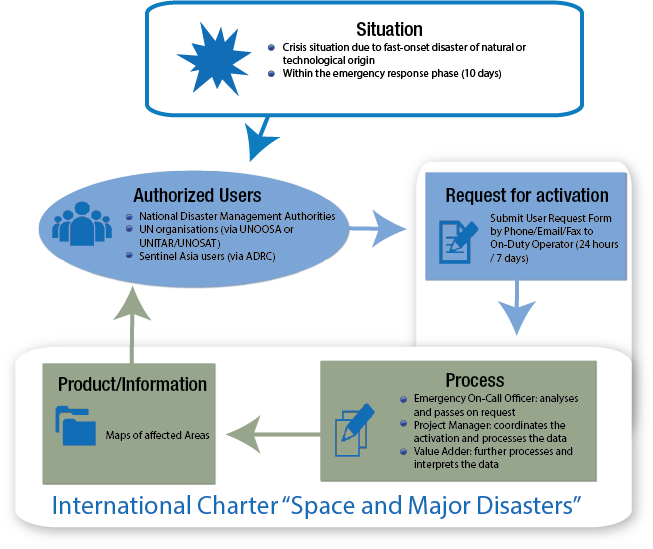
Authorized users
The Charter can be activated at the request of Authorized Users (AUs). Until recently, AUs were typically disaster management authorities belonging to the countries whose space agencies were members of the Charter. AUs are now able to request the activation of the Charter to support emergencies in their own country, as well as in a country with which they cooperate. UNOOSA and UNITAR/UNOSAT can also request the activation of the mechanism on behalf of UN organizations in countries experiencing large-scale disasters.
On 19 September 2012, the Members of the International Charter announced the adoption of the principle of Universal Access; any duly registered national disaster management authority was thus able to submit requests to the Charter for emergency response support from that point onwards. National disaster management authorities that now wish to become Authorized Users have to complete the registration process with the Charter’s Executive Secretariat.
Conditions for Activation
There are several conditions that need to be met for the activation of this mechanism. The Charter can only be activated in instances of fast-onset disasters of natural or technological origin. The request for activation can also only be made and accepted within the emergency response phase (up to 10 days after the disaster has occurred). The Charter however, cannot be activated for slow-onset disasters like droughts.
Request for Activation
To request the activation of the mechanism, disaster management organizations and other Authorized Users call a confidential telephone number, which is available 24 hours a day, 365 days a year, and fill out a user request form that is sent out by email or fax. The On-Duty Operator then checks the identity of the requestor and the request form and proceeds to pass on the necessary information to the Emergency On-Call Officer. The Charter members have the authority to decide to reject the activation request, if they judge other efforts to be better suited in responding to a particular disaster situation.
Process
The Emergency On-Call Officer analyzes the request and the scope of the disaster with the Authorized User, and prepares an acquisition plan using available satellite resources. Image acquisition takes place on an emergency basis and a Project Manager processes the imagery to generate products or information regarding the affected area. A value-adder may further interpret and process the images attained. Charter members may also collaborate on the analysis and interpretation of the images to contribute to damage assessment.
Product/Information provided
Depending on the scope of the request, the user receives one or several maps from the Project Manager free of charge. These maps delineate the affected area and may include other features. Usually, the maps are also made available to the public on the International Charter’s website.
Read more about the members on the website of the International Charter, or click on their logo below to visit their websites.

